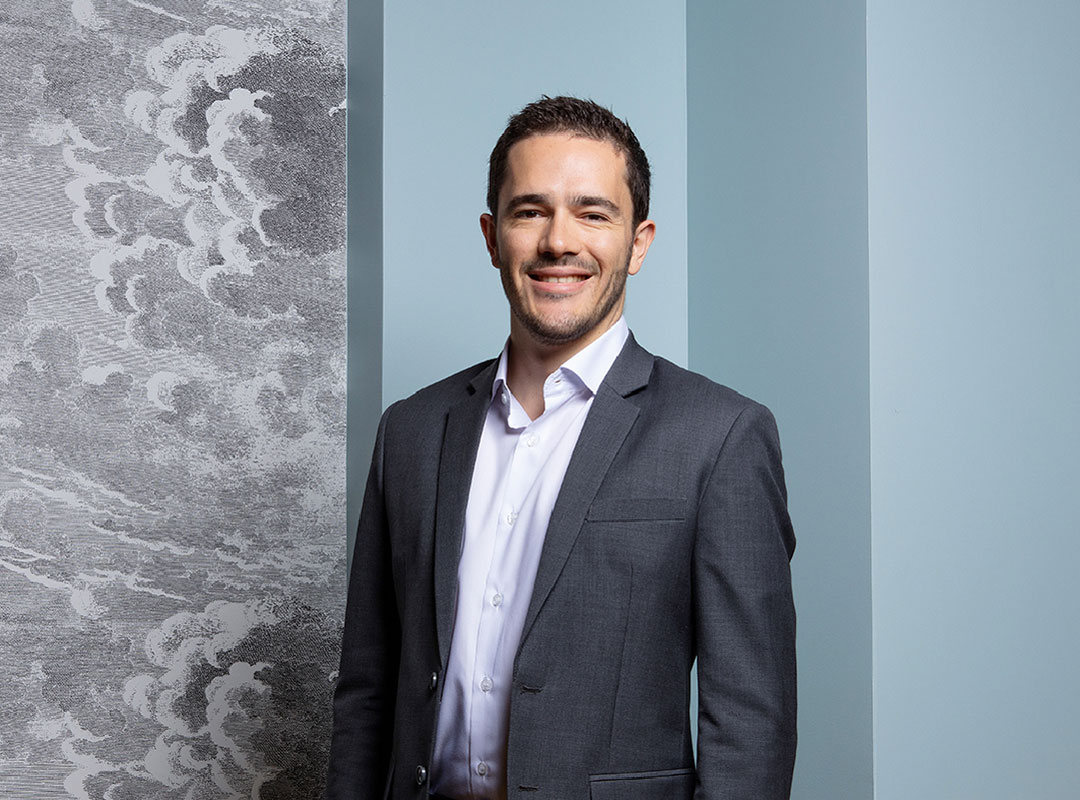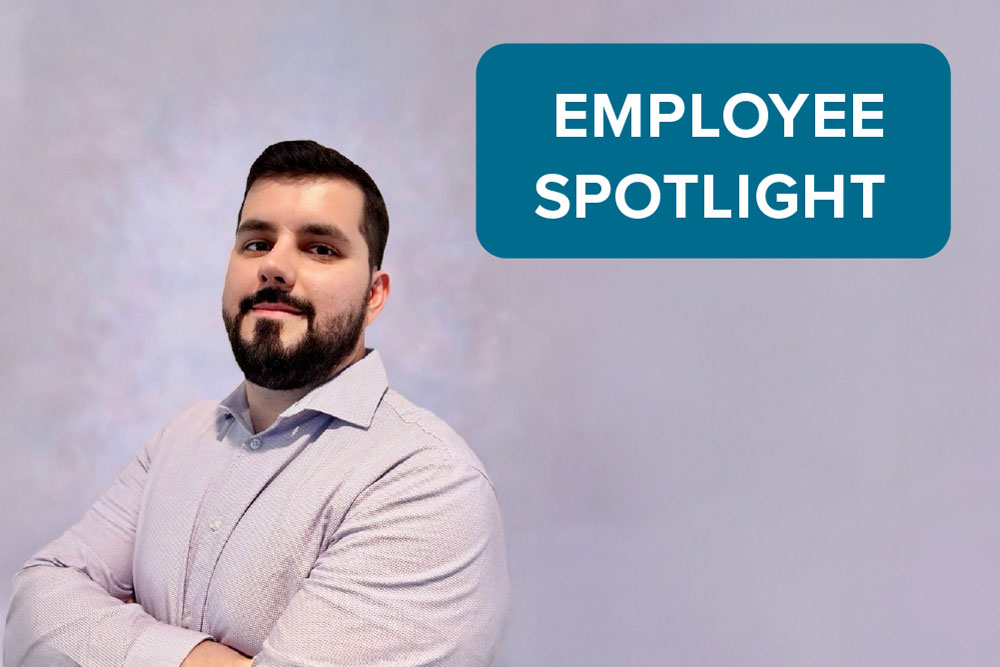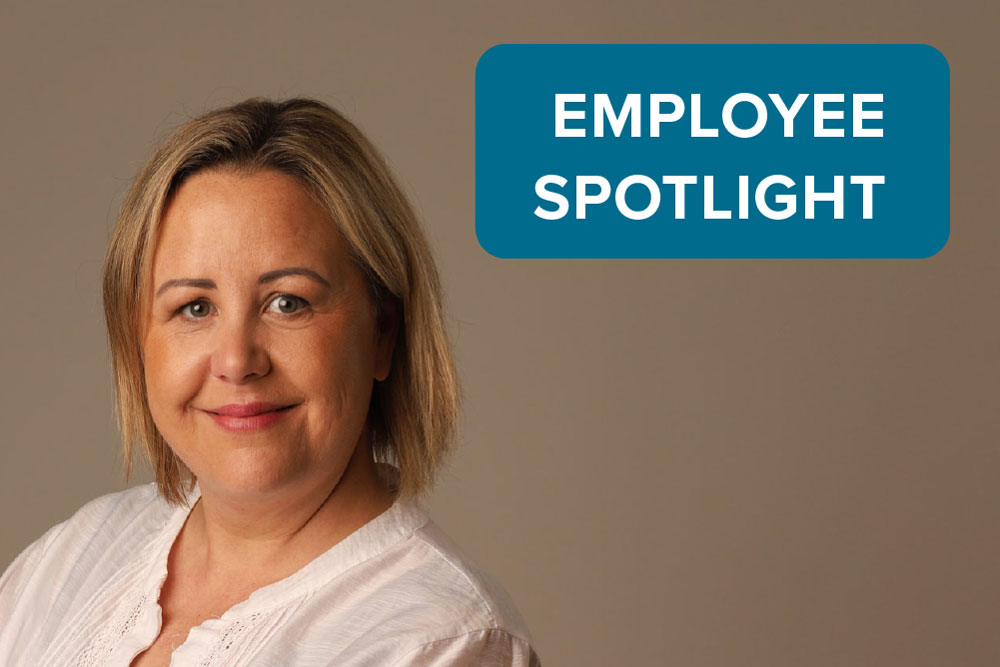
Aisling Bradfield, Head of Behavioral Science
Bringing behavioral science to insurance
16 septembre 2024
Aisling Bradfield, Head of Behavioral Science
SCOR’s mission is to support more resilient societies by understanding and protecting against risks of all kinds. But when it comes to understanding policyholders and their needs, we know that the data can’t always capture the human side of things. The Art and Science of Risk is about understanding the data, but also taking a step back and understanding the people behind those numbers: their needs, their motivations, and their biases.
At SCOR, our behavioral science team is working to tackle these questions and at the forefront of these efforts is Aisling Bradfield. Having started at SCOR as a pricing actuary in 2010, Aisling is now Head of Behavioral Science at SCOR Life & Health, leading an international team as they work to uncover how human behavior drives policyholders’ perception of risk and the protection they seek.
After starting her career at SCOR as an intern, Aisling stepped into a full-time role as policyholder behavior experience analyst, where she was responsible for understanding SCOR’s policyholder data, purchasing behavior, and lapse behavior and connecting these considerations to the company’s future needs. It soon became clear to her that there needed to be an understanding not only of what the data was showing, but also of the reasoning behind these results and an explanation for the patterns that were appearing.
“We were starting to have an understanding that you need to know the story behind the data," she said.
But for Aisling, it has been a long road to find answers. Along the way her traditional actuarial career took a turn into behavioral science when she decided to complete an executive education course in Behavioral Economics and Modern World from London School of Economics.
“Behavioral Science is the mix between psychology and economics. It is based on collecting evidence through experimentation to understand how real people act instead of expecting what would be considered ‘rational behavior’ under standard economic theory,” she explained. “Behavioral science can offer practical methods to enhance decision-making processes, ultimately helping individuals lead happier, healthier, and safer lives."
Armed with this perspective, she set out to see how behavioral science could be leveraged in the (re)insurance industry.
“It was quite an unknown at the beginning. We knew there were some areas where we wanted to apply behavioral science to the questions we had about customer behavior at SCOR, but we didn’t know the full potential,” she said. “Then in 2019, research and development areas at SCOR were reorganized and behavioral science was identified as a key area of focus. That's what expanded the role from just looking at policyholder behavior, which was already interesting, to really applying these principles to consumer behavior, creating a much broader scope across the business.”
The shift in mindset from a strictly actuarial point of view to a research-based mindset hasn’t been without challenges. At the beginning, Bradfield and her team struggled with the new methodology and how best to approach policyholders through a behavioral science lens.
“There is a different way of working when you move to a research mindset,” she explained. “When you work in pricing, it's deadline driven. There's a very different focus in research where it's more self-motivated and collaboration across many teams becomes key for the success of the project.”
But as the team's understanding has grown, so too have the opportunities, leading to partnerships with top universities. and industry bodies. Together, the teams have conducted behavioral science research on questions specific to the (re)insurance industry in order to explain and understand the biases that affect insurance customer behavior.
One dilemma this research has helped our teams to understand is how to encourage accurate self-reporting during the underwriting process. For example, if a life insurance application asked, “Do you smoke?” significantly fewer people would respond “yes” than we would expect according to the known proportion of smokers in the general population. So, where is the discrepancy coming from?
“If we reframe the question to reduce the social stigma, we can improve disclosure,” Aisling explained. “Because of the phrasing of the question, applicants believed their response would be negatively judged if they answered ‘yes.’ This is especially true for people who didn’t smoke frequently and reasoned that they could justify answering ‘no.’ So, by changing how we ask this question from ‘do you smoke’ to ‘how much do you smoke’ or ‘which of these tobacco products do you use?’, we’re able to reduce the social stigma and encourage applicants to respond more accurately.”
Now, Aisling believes that clients are starting to see the benefit of approaching these questions from a behavioral science perspective. For policyholders, behavioral science can help them better understand their own risks and choose the protection option best suited to their needs. For insurers, it can be used to reframe and clarify the questions being asked of applicants, encouraging more complete and accurate responses and ultimately leading to a better understanding of the risks, and fairer pricing.
The impacts of behavioral science aren’t limited to life and health insurers. At SCOR, Aisling’s team has identified the potential of applying a behavioral science perspective to the design of telematics programs for auto insurance.
Studies show that many drivers have an “overconfidence bias,” where they overestimate their abilities, perceiving themselves as better drivers than they actually are. This can lead to unnecessary risk taking, ultimately resulting in more dangerous road conditions for everyone. In fact, 86% of people in car crashes perceived themselves to be expert drivers. When insights on driving behavior from telematics was communicated according to behavioral science principles, this bias was reduced and led drivers to develop safer driving habits.
[Learn more about telematics and behavioral science here.]
For Aisling, behavioral science has opened doors to countless possibilities both for the industry and for her own personal growth and career development, proving that (re)insurance has plenty to offer job seekers.
“My advice,” she said, “is to be open minded. When I started my actuarial career, I didn't really know exactly where it was going, but the variety and the exchange of ideas with different areas of the business and different cultures helped further my learning and understandings. If you don't love your first job, try something different because there's lots of different ways to further your career. Stay open-minded and keep learning.”
Want to learn more about Behavioral Science? Dive deeper with these resources:
- SCOR INNOVATION PODCAST | Improving Life Application Disclosures with Behavioral Science (transistor.fm)
- Safe Driving and Behavioral Economics | SCOR
- Towards a Better Understanding of Insurance Purchase Behavior through a Discrete Choice Experiment | SCOR
- To understand customers’ buying habits, first understand what makes them tick | SCOR
- Consumers’ Attitudes towards Life Underwriting | SCOR
- Incentives for a Healthier Lifestyle | SCOR
Related articles
Employee Spotlight
From Ambition to Action: Building an International Career at SCOR
December 17, 2025








